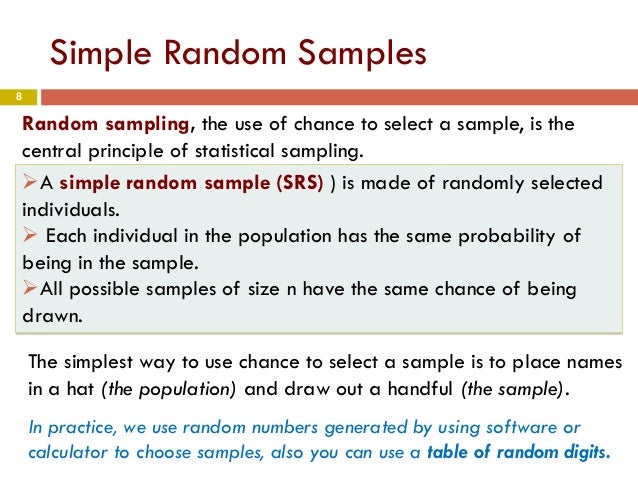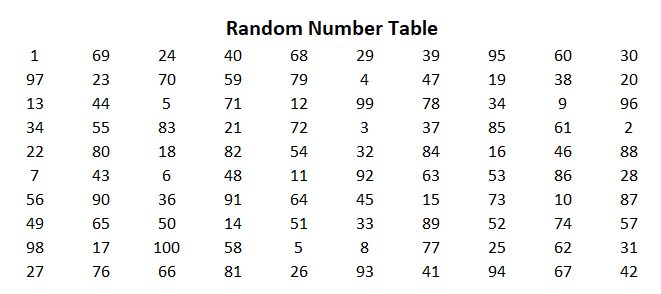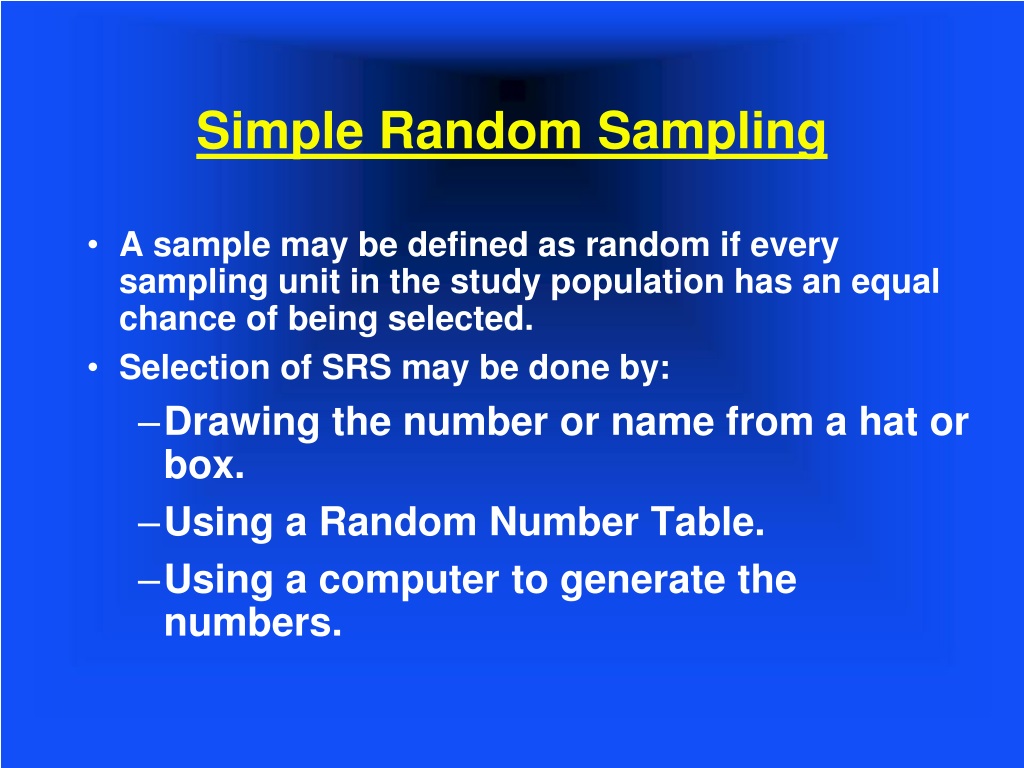
Yet there is no list of these employees from which to draw a simple random sample. Suppose you wanted to study dance club and bar employees in NYC with a sample of n = 600. This is an example of systematic sampling, a technique discussed more fully below. Instead, you decide to take a random start between 1 and N/n= 20,000 and then take every 20,000th name, etc. To take a SRS, you need to associate each entry with a number and choose n= 200 numbers from N= 2,000,000. Let's suppose your sampling frame is a large city's telephone book that has 2,000,000 entries. One strategy that would be more cost-effective would be to split the population into Hispanics and non-Hispanics, then take a simple random sample within each portion (Hispanic and non-Hispanic). If you take a simple random sample of all races that would be large enough to get you 1,000 Hispanics, the sample size would be near 15,000, which would be far more expensive than a method that yields a sample of 2,000.

Hispanics comprise around 6 or 7% of the population. For statistical reasons, you decide that you need at least 1,000 non-Hispanics and 1,000 Hispanics. Suppose you were interested in investigating the link between the family of origin and income and your particular interest is in comparing incomes of Hispanic and Non-Hispanic respondents.

There are many reasons why one would choose a different type of probability sample in practice. But in most real-world instances it is impossible to list everything on a piece of paper and put it in a box, then randomly draw numbers until desired sample size is reached. So you get a list of all the physicians that work in the hospital, write their names on a piece of paper, put those pieces of paper in the box, shake and draw. We can imagine some situations where it might be possible - you want to interview a sample of doctors in a hospital about work conditions. In real-world social research, designs that employ simple random sampling are difficult to come by. And this sample would be drawn through a simple random sampling procedure - at each draw, every name in the box had the same probability of being chosen. You shake the box, draw a piece of paper and set it aside, shake again, draw another, set it aside, etc. For example, we could write the names of all voters on a piece of paper, put all pieces of paper into a box and draw 100 tickets at random. With a town this size, there are "old-fashioned" ways to draw a sample. Imagine you want to carry out a survey of 100 voters in a small town with a population of 1,000 eligible voters.

Simple random sampling is a method of selecting n units from a population of size N such that every possible sample of size an has equal chance of being drawn.Īn example may make this easier to understand. This is characterized by the fact that the probability of selection is the same for every case in the population.

The most widely known type of a random sample is the simple random sample (SRS). There are four categories of probability samples described below. More specifically, each sample from the population of interest has a known probability of selection under a given sampling scheme. The idea behind this type is random selection. Although there are a number of different methods that might be used to create a sample, they generally can be grouped into one of two categories: probability samples or non-probability samples. We may then consider different types of probability samples.


 0 kommentar(er)
0 kommentar(er)
